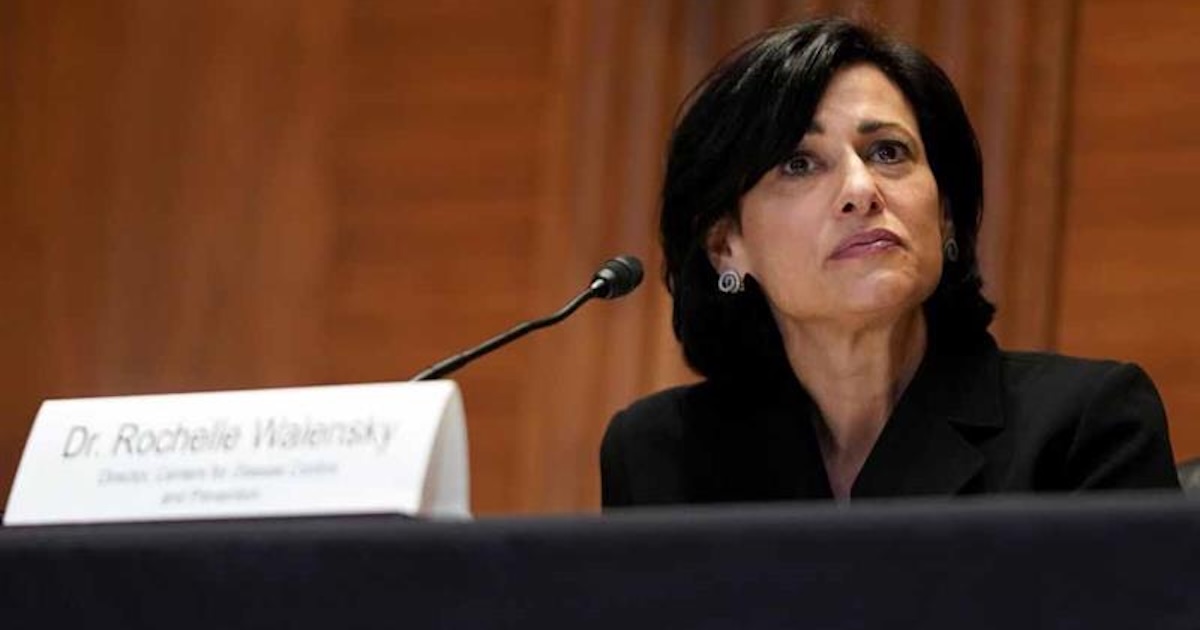David Lee Scher, MD, is a clinical associate professor of medicine at the Pennsylvania State University College of Medicine, cardiac electrophysiologist with The Heart Group of Lancaster General Health and director at DLS Healthcare Consulting, LLC, which specializes in helping digital health technology companies, their partners and clients. He's a pioneer adopter of remote patient monitoring and lectures worldwide on technology and its impact on patients and healthcare systems. He's also a member of the HIMSS mHealth community.
Q. What's the one promise of mHealth that will drive the most adoption over the coming year?
A. The new FDA guidance with respect to mobile medical apps expresses the philosophy that only apps with a high potential for risk to patients will be regulated. This is potentially the greatest loss of barrier to development of mobile health apps. However, it must be said that development does not equate with adoption. This guidance might open floodgates to apps which are unproven at best and both misleading and potentially harmful at worst.
Q. What mHealth technology will become ubiquitous in the next 5 years? Why?
A. Remote patient monitoring is the mobile technology most in use today and will continue to grow because of pressures to treat patients at home and to prevent hospital readmissions, which now present prospects for financial penalties to hospitals.
Q. What's the most cutting-edge application you're seeing now? What other innovations might we see in the near future?
A. Analytics which analyze data from the EHR are the most useful and potentially beneficial technology tools available today. They aren’t as sexy as smartphone watches and work behind the scenes, but they translate static and often hidden data into information which can be used to help individual patients as well as populations of similar patients.
Q. What mHealth tool or trend will likely die out or fail?
A. I think the smartwatch is doomed to fail. It is bulky in most instances, goes against the trend of younger people not wearing watches for timekeeping purposes, and has limited uses.
Q. What mHealth tool or trend has surprised you the most, either with its success or its failure?
A. I think that the rapid uptake of wearable clothing sensor technologies in healthcare technology development has surprised me. While initially limited to areas such as elite sports training as a testing ground, the expansion to healthcare has been quick. While not ready for prime time for a number of reasons, the potential for homecare monitoring is immense. Investors have realized the sexy slant as well as the practical uses of this technology and have invested significantly in the sector.
Q. What's your biggest fear about mHealth? Why?
A. The biggest fear I have is that developers will continue to avoid having their tools go through clinical trials. Without proof of improvement of efficiency, cost, clinical outcome or a combination thereof, there is no reason to adopt any technology.
Q. Who's going to push mHealth "to the next level" – consumers, providers or some other party?
A. Hopefully more developers will demonstrate clinical utility of their tools. This will cause buy-in from appropriately skeptical providers, payers AND patients. It’s the Holy Grail! The rest will follow.
Q. What are you working on now?
A. I am working with HIMSS on multiple projects, all of which are focused on facilitating the adoption of mobile health tools by healthcare providers. I am doing consulting work with some existing and developing tools which will improve patient outcomes and make EHRs user-friendly.


